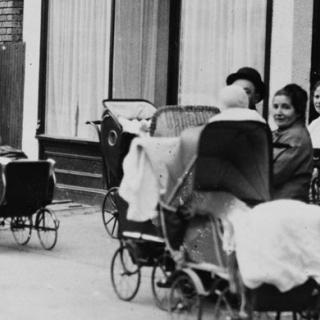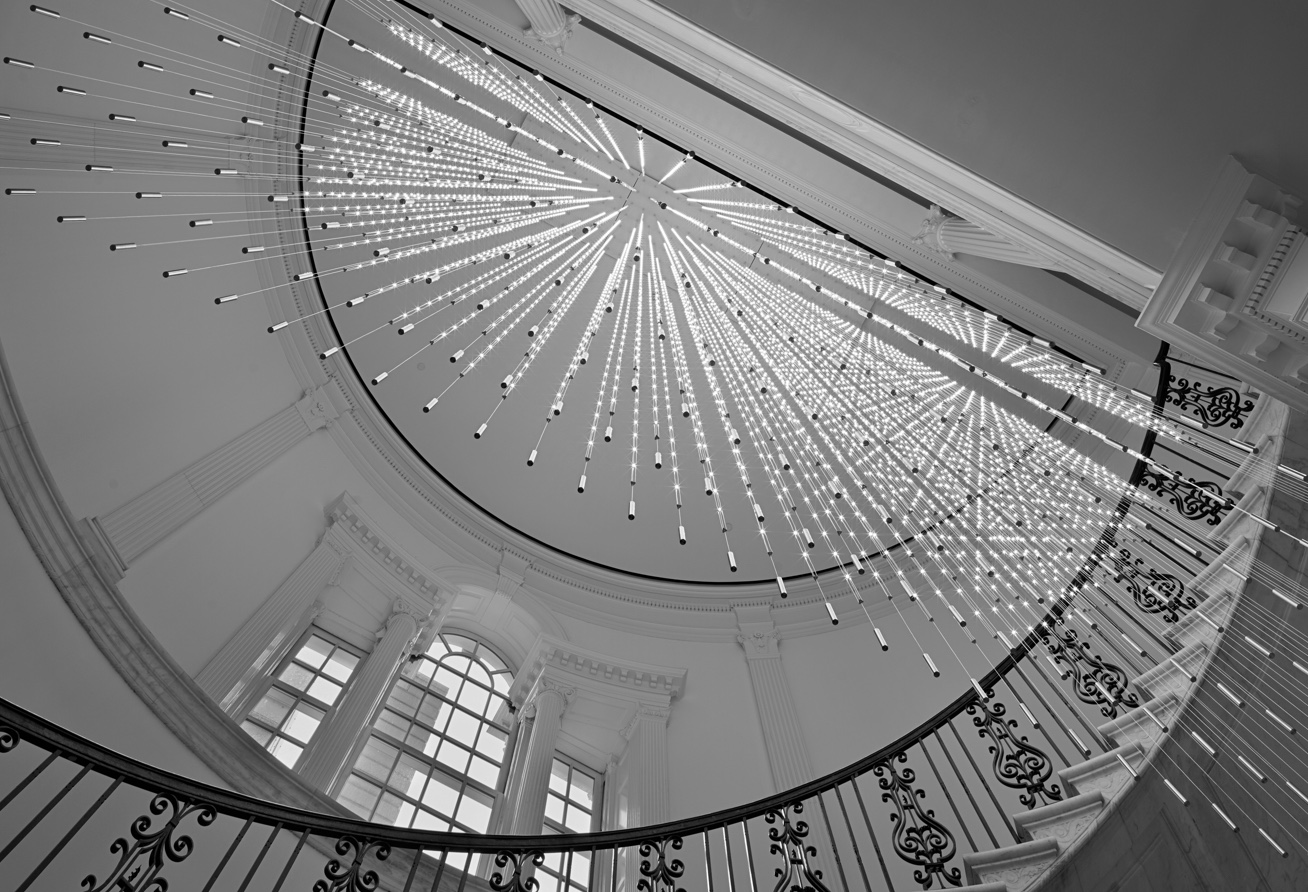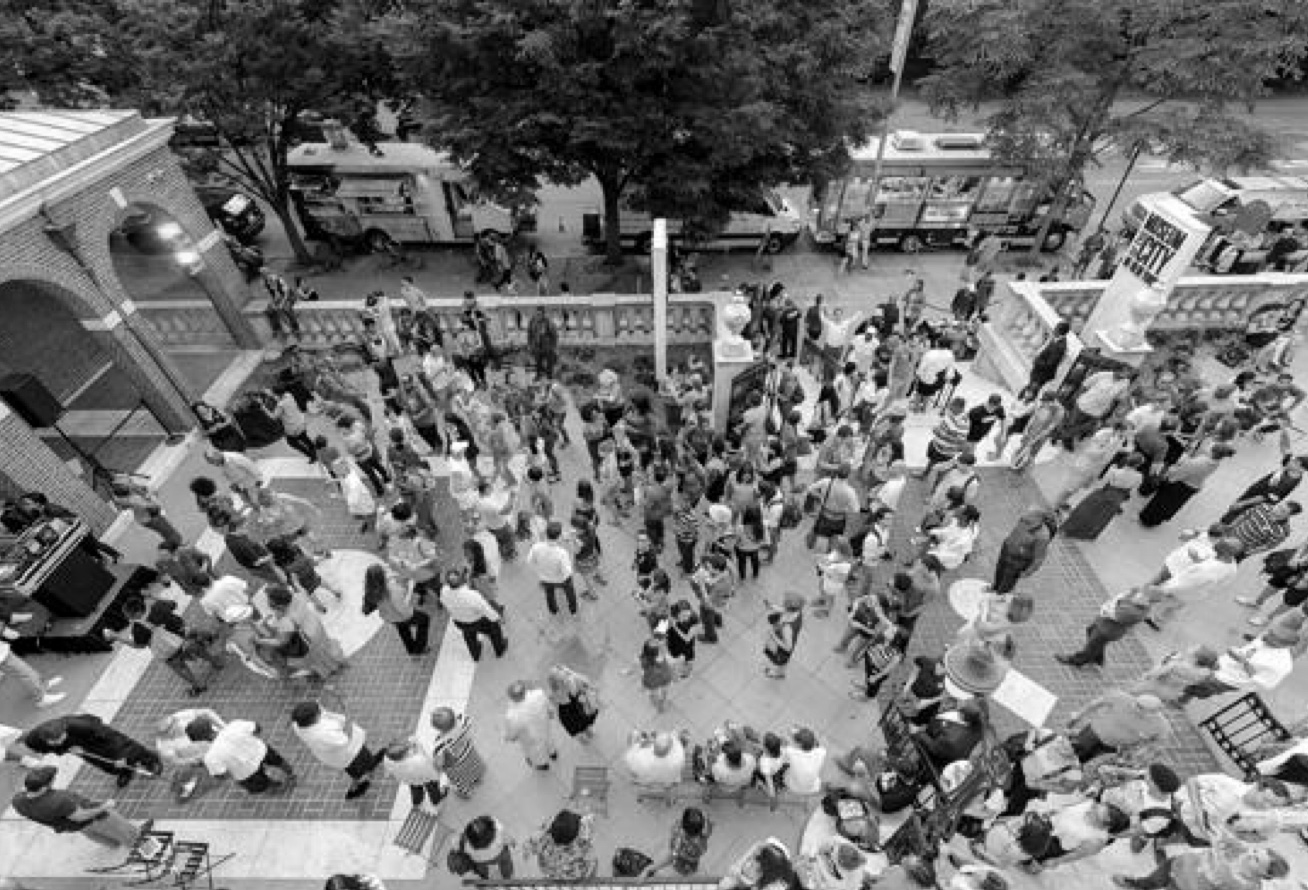Social Purity
The Anti-Obscenity and Birth Control Movements
1870-1930
Ongoing

Back to Exhibitions
At the height of the Victorian era, concerns over women’s bodies and behavior—especially prostitution, nudity, and sexual reproduction—intensified. These fears coalesced in the 1870s into an anti-obscenity movement, spearheaded by the notorious censorship crusader, Anthony Comstock, along with physicians and reform groups like the New York Society for the Suppression of Vice.
They argued that controlling immorality would offset the threats that mounting poverty and crime—often attributed to the city’s influx of newcomers and immigrants—posed to New York’s social order. Anti-obscenity crusaders achieved success in the 1870s and 1880s, when New York State passed legislation criminalizing abortion and prohibiting the distribution of contraceptives and other “obscene” materials.
Many New Yorkers resisted Comstock’s anti-obscenity laws, among them free-love advocates, publishers, performers, activists, female doctors, and so-called “irregular” medical practitioners. They claimed Comstock’s censorship crusade had overreached and was endangering freedoms of expression, speech, and religion.
In the face of many efforts to challenge Comstockery in New York, the law remained intact until the early 20th century, when birth control advocates Margaret Sanger, Emma Goldman, and Mary Ware Dennett each fought regulations on the use and distribution of contraceptives. By 1930 their work had helped to add protections for women of all classes and backgrounds to control their fertility under the law.
Meet the Activists
Anthony Comstock
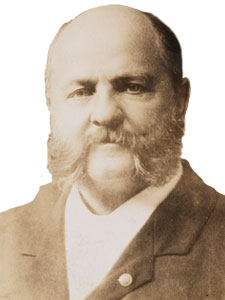
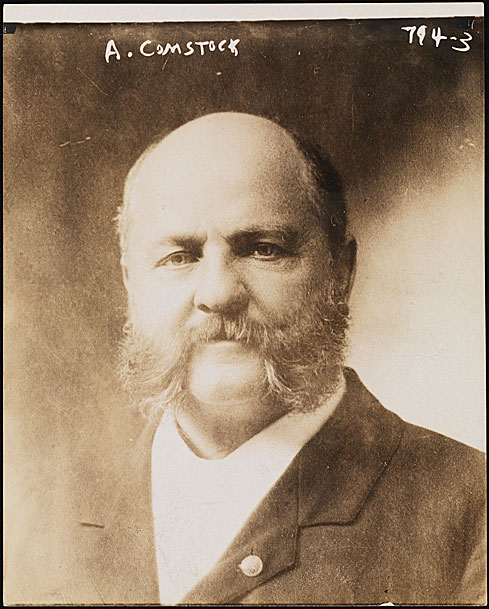
Anthony Comstock
Known as an unyielding champion of Victorian morality, Anthony Comstock prosecuted any business or individual in violation of the 1873 “Comstock Law,” of which he was the creator and chief proponent. As special agent of the United States Post Office, Comstock confiscated hundreds of thousands of books, photographs, and other material he deemed immoral. He specifically targeted the availability, sale, and distribution of birth control.
Image Info: George Grantham Bain, ca. 1909, Museum of the City of New York, Gift of Harry Mac N. Bland, F2012.58.272.
Madame Restell
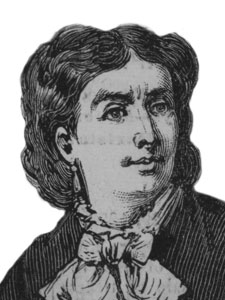
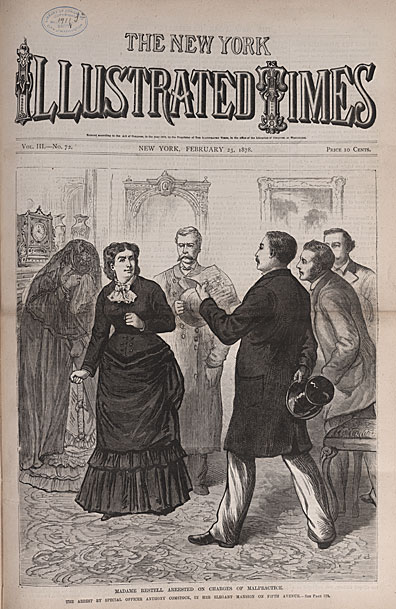
Madame Restell
Ann Lohman, a.k.a. Madame Restell, was the most infamous birth control provider in 19th-century New York. Despite many brushes with the law, Restell evaded severe legal punishment for providing contraceptives and abortions until 1878, when Anthony Comstock, under disguise, tricked Restell into selling him birth control pills. Comstock arrested Restell for possession and distribution of contraceptives, but she committed suicide before her sentence was delivered. This newspaper cover shows Restell holding the womb of a weeping woman behind her while Comstock reads her an arrest warrant.
Image Info: New York Illustrated Times, February 23, 1878, Courtesy Library of Congress, Rare Book Collection.
Margaret Sanger
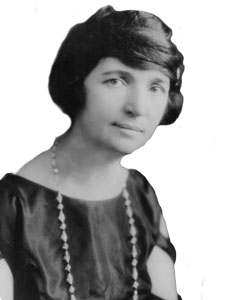

Margaret Sanger
Margaret Sanger was one of the leading activists of the early reproductive rights movement in New York City. Her primary mission was to provide low-income and immigrant women, as well as women of color, with aff¬ordable access to e¬ffective birth control. In 1916 Sanger opened the nation’s first birth control clinic, and in 1921 she founded the American Birth Control League (ABCL), which would later become the Planned Parenthood Federation of America.
Image Info: Underwood & Underwood, 1922, Courtesy Library of Congress, Prints & Photographs Division, LC-USZ62-29808.
Objects & Images
The Ladder Of Fortune


The Ladder Of Fortune
During the Victorian era, many reformers sought to purify and uplift New York society by prohibiting behaviors they labeled immoral. This print depicts men, women, and children admiring the “Ladder of Fortune,” each step built on the pillars of morality and honesty. In the background, vices such as corruption and gambling work to lure the masses.
Image Info: Currier & Ives, 1875, Museum of the City of New York, Gift of Mrs. Harry T. (Natalie) Peters, 56.300.1154.
The Comstock Law
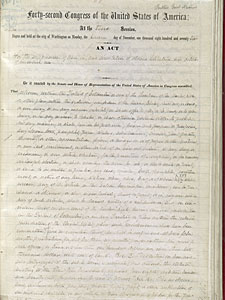
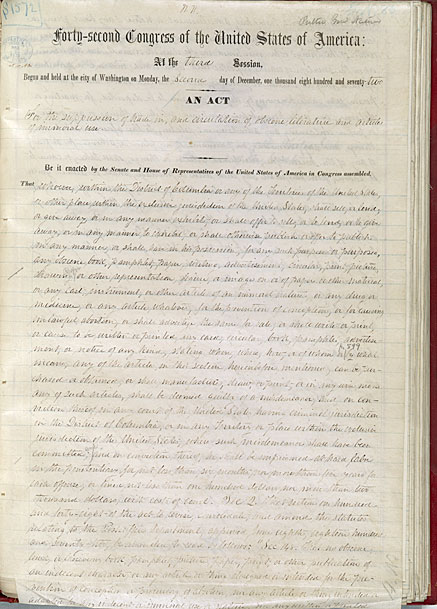
The Comstock Law
The Comstock Law outlawed the circulation of “obscene literature and articles for immoral use,” including “any obscene book or pamphlet, paper, writing, advertisement, circular, print, picture, drawing or other representation” of sexual nature. The statute specifically banned materials relating to contraception and abortion.
Image Info: The Comstock Law, 1873, Courtesy of U.S. National Archives and Records Administration.
Residence Of Charles R. Lohman
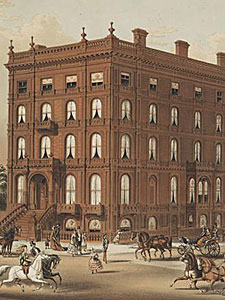
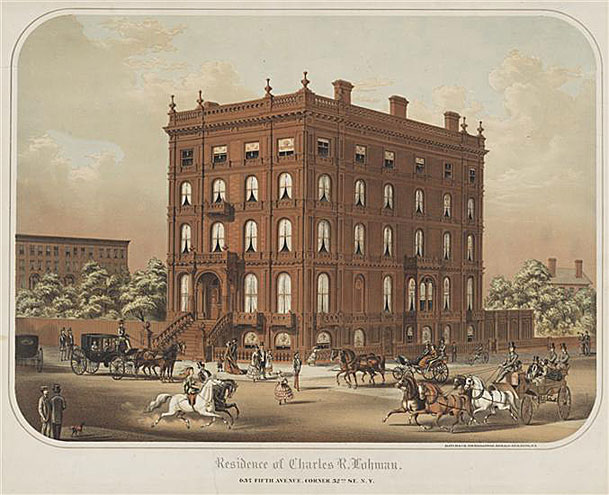
Residence Of Charles R. Lohman
Ann Lohman, also known as Madame Restell, provided contraceptives and abortions to women looking to prevent or terminate unwanted pregnancies—a practice that remained exceptionally lucrative even as antebellum abortion laws hardened. By the 1870s, Restell’s services made her one of the richest women in New York City; her profits funded the construction of her lavish mansion, pictured here, on the corner of the Fifth Avenue and 52nd Street.
Image Info: Hatch & Co. Publishers, 1875, Museum of the City of New York, Gift of J. Clarence Davies, 29.100.2111.
Gertrude Hoffman As Salome
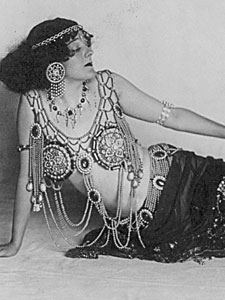
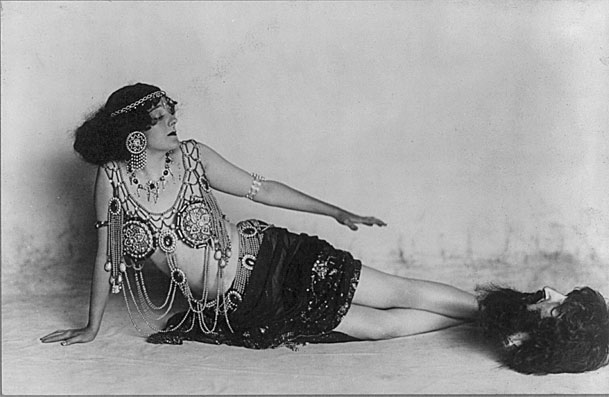
Gertrude Hoffman As Salome
Gertrude Hoffman, renowned burlesque performer and actress, defied the restraints of Comstockery when she performed “Salome’s Dance,” in Oscar Wilde’s play Salome, clad in a revealing sheer skirt and pearl-adorned chest piece. In 1909, while performing at Hammerstein’s Roof Garden, Hoffman was arrested and most likely fined for “violating Section 1530 of the State Penal Code by offending public decency.”
Image Info: F.C. Bangs, ca. 1908, Courtesy Library of Congress, Prints and Photographs Division, LC-USZ62-55583.
Sanger’s Brownsville Clinic
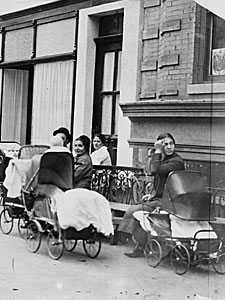
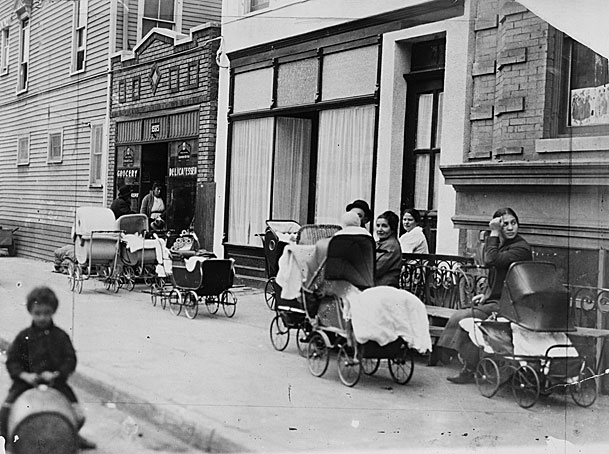
Sanger’s Brownsville Clinic
In October 1916, activist nurse Margaret Sanger opened the nation’s first public birth control clinic in Brownsville, Brooklyn. Here women sit outside with baby strollers, waiting for the doors to open. Ten days after opening, authorities shut the clinic down for violating New York’s obscenity laws and sentenced Sanger to 30 days’ imprisonment. Sanger’s trial led to a legal decision that permitted doctors to prescribe birth control for therapeutic purposes and allowed Sanger to open more clinics.
Image Info: 1916, Courtesy of Library of Congress, Prints & Photographs Division, NYWT&S Collection, LC-USZ62-138888.
Brownsville Clinic Flyer
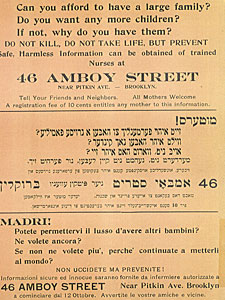
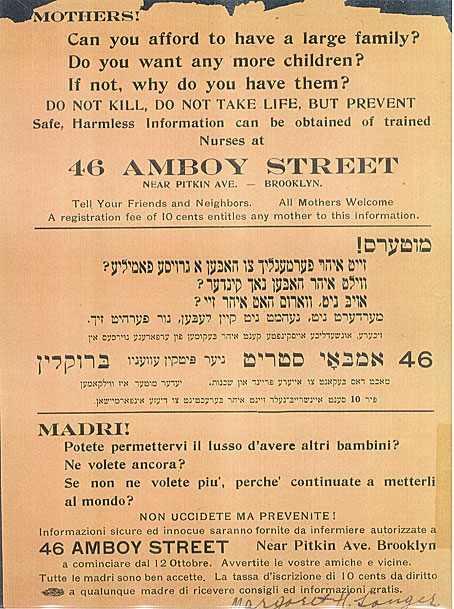
Brownsville Clinic Flyer
Sanger targeted a broad immigrant and working-class clientele, as this clinic advertisement in English, Yiddish, and Italian shows. By providing sexual education and family planning services, the clinic helped women control their reproduction.
Image Info: 1916, Courtesy of Smith College.
Emma Goldman Addressing Crowd
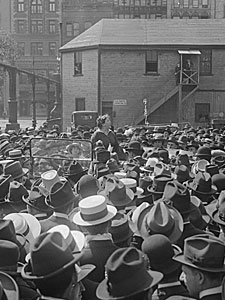
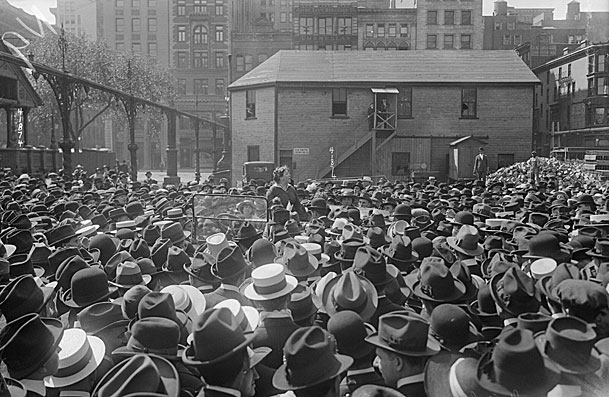
Emma Goldman Addressing Crowd
Activist and anarchist Emma Goldman remained a staunch birth control advocate throughout the Progressive Era. In May 1916, authorities arrested Goldman for publicly lecturing to nearly 500 garment workers—mostly male—on contraception and birth control, in violation of the Comstock Law. She is quoted as saying, “Not one of my lectures brings out such crowds as the one on the birth strike.”
Image Info: May 21, 1916, Courtesy Bettmann via Getty images.
The Sex Side Of Life
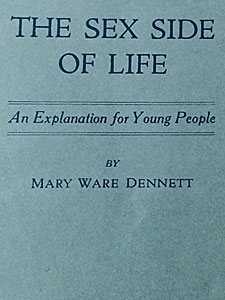
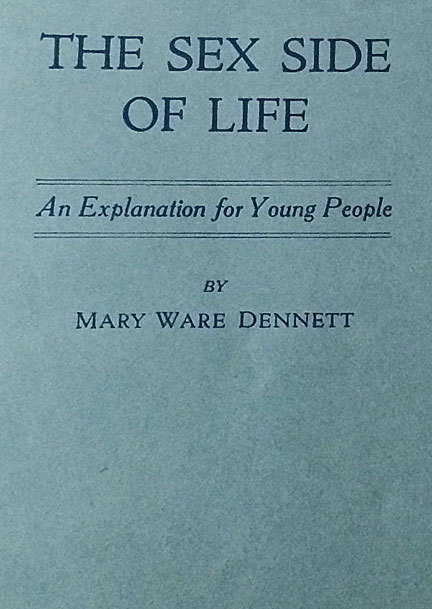
The Sex Side Of Life
New York activist Mary Ware Dennett helped establish the National Birth Control League (NBCL) in 1915 and the Voluntary Parenthood League (VPL) in 1919. The VPL sought to modify federal and New York state obscenity laws. In 1928 authorities arrested Dennett for publishing and circulating The Sex Side of Life, a sex education pamphlet they deemed obscene. Dennett overturned the conviction with the help of the American Civil Liberties Union (ACLU) in 1930.
Image Info: Mary Ware Dennett, 1928, Courtesy the New York Academy of Medicine.
Key Events
| Global | Year | Local |
|---|---|---|
| The American Medical Association launches a campaign to criminalize abortion, culminating with New York’s 1881 passage of one of the nation’s strictest state abortion bans | 1856 | |
| Congress passes the Comstock (Anti-Obscenity) law | 1873 | |
| 1870 | Clemenceau Case hits Broadway | |
| 1914 | Margaret Sanger coins the term “birth control”; two years later, she opens the country’s first birth control clinic in Brooklyn for 10 days before authorities shut it down | |
| 1916 | Emma Goldman is arrested in Union Square for speaking publicly on birth control and contraception | |
| 1919 | Mary Ware Dennett establishes the Voluntary Parenthood League | |
| 1921 | TMargaret Sanger establishes the American Birth Control League, which becomes the Planned Parenthood Federation of America in 1942 | |
| United States v. Dennett rules that the Comstock Laws should not interfere with scientific sex instruction | 1930 |
